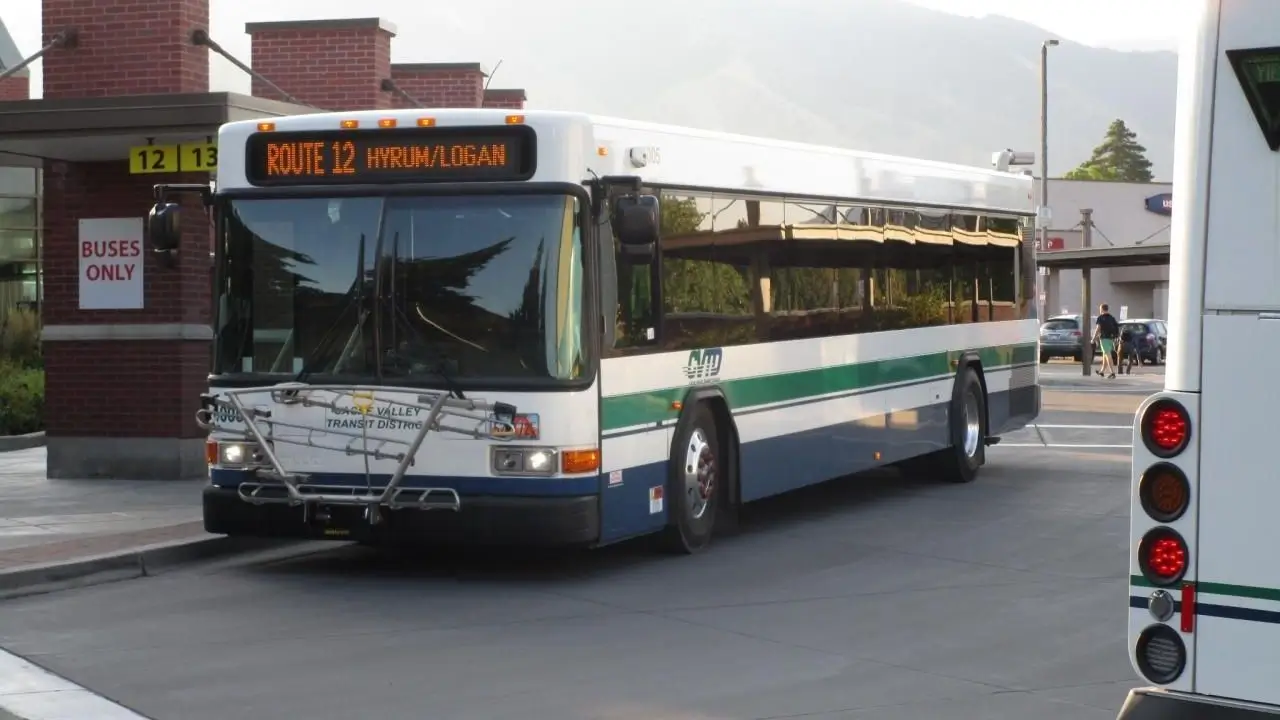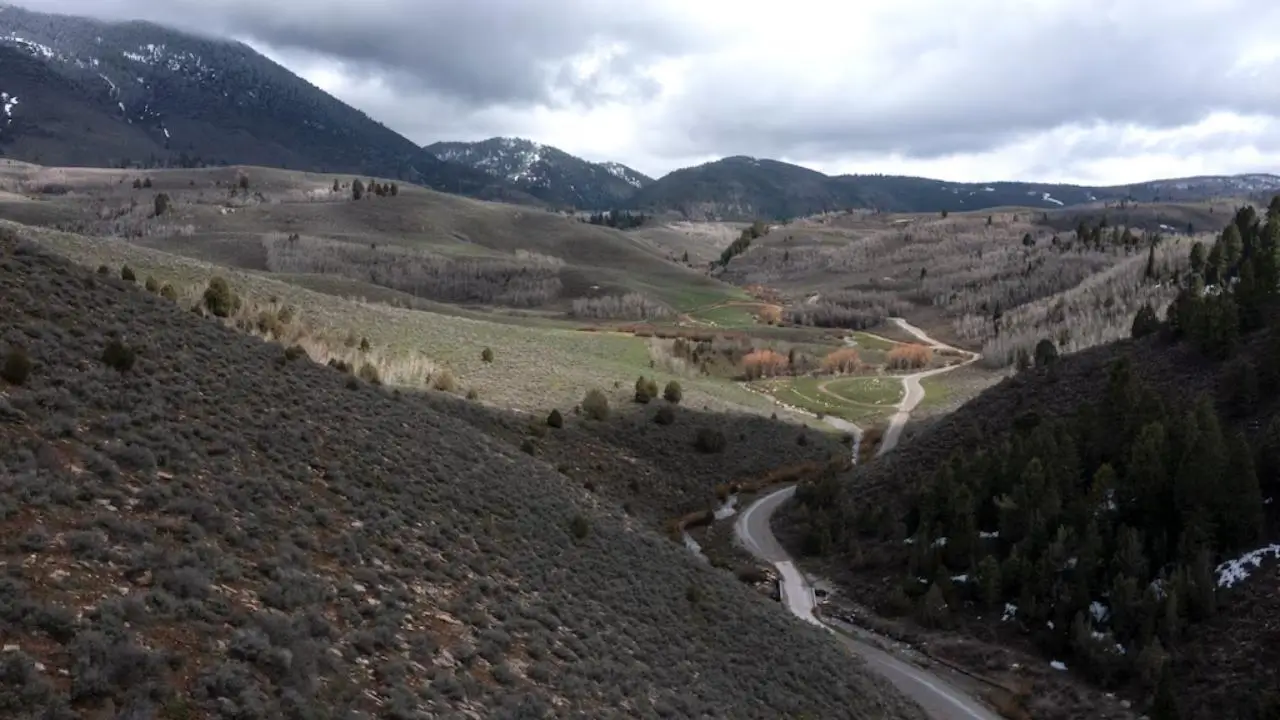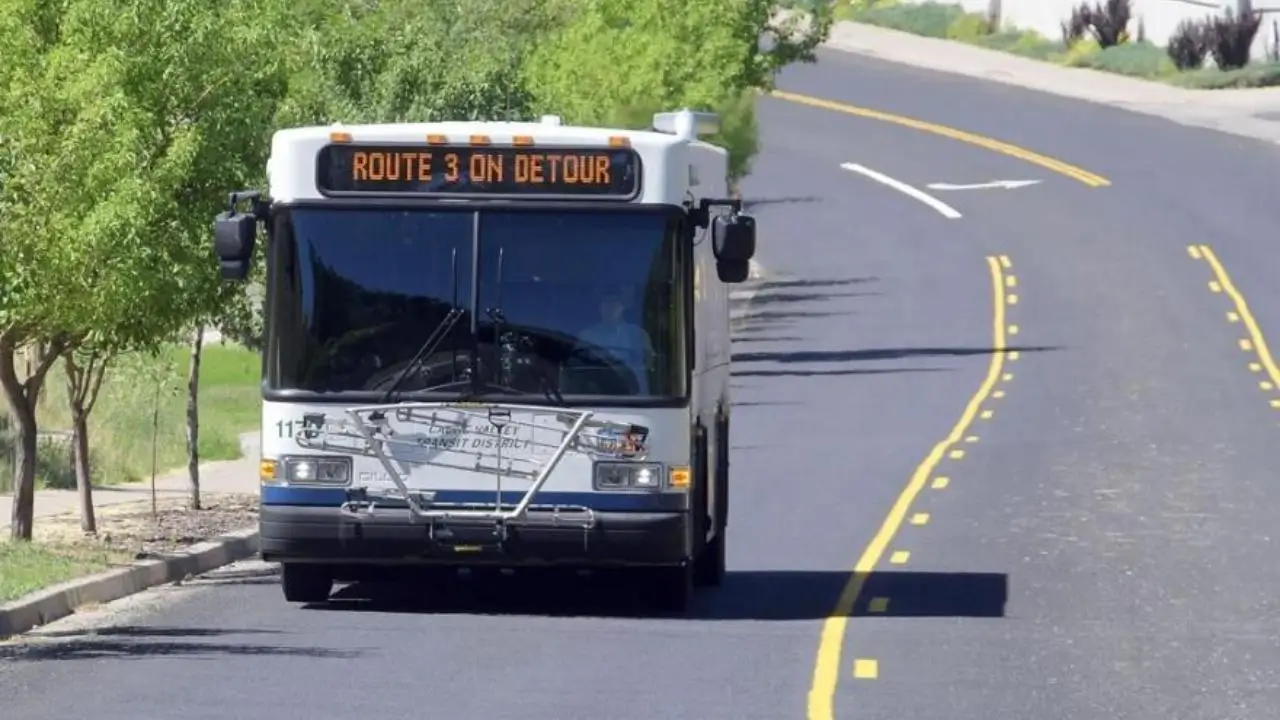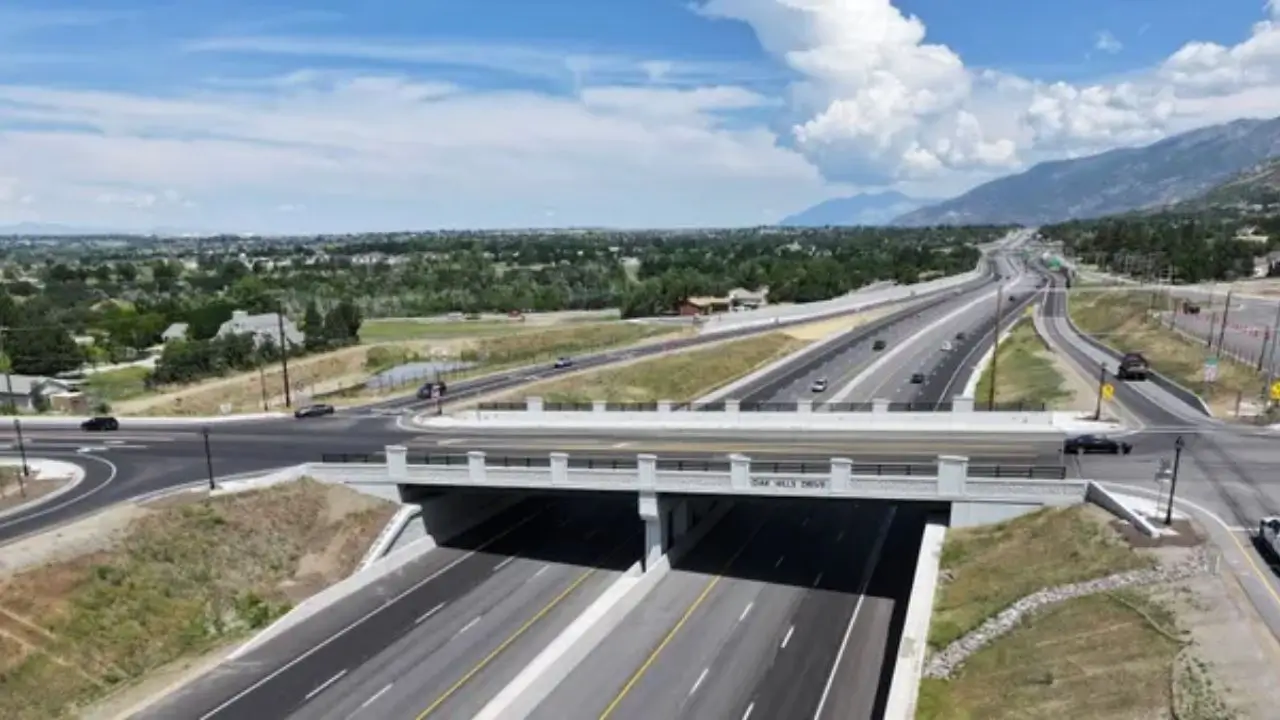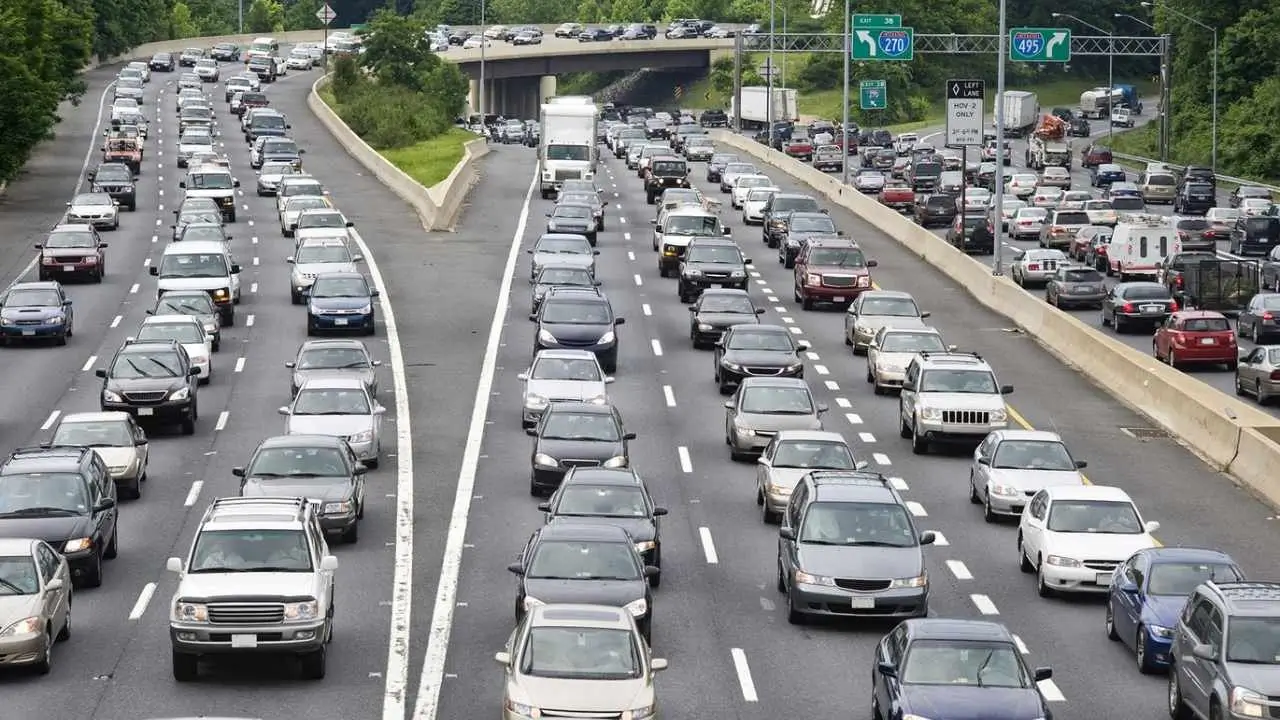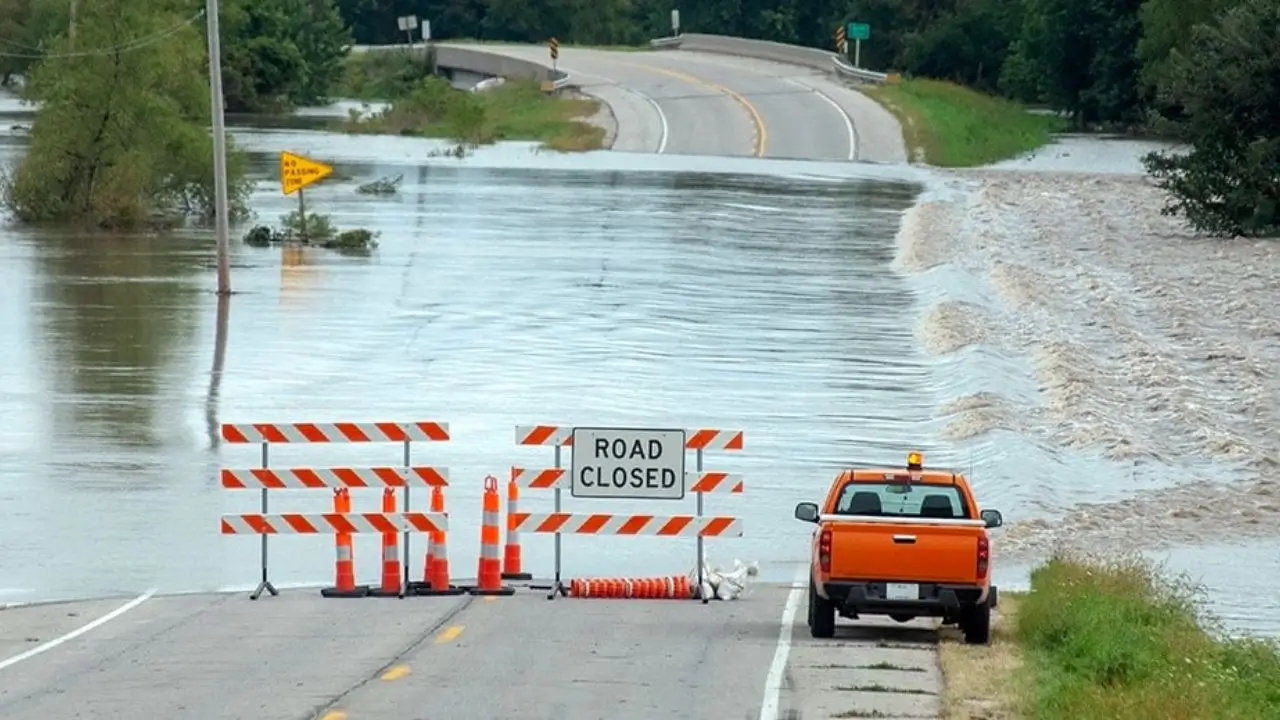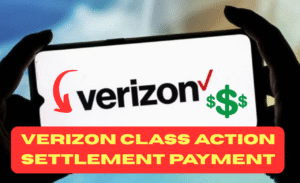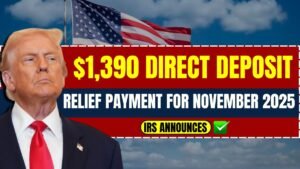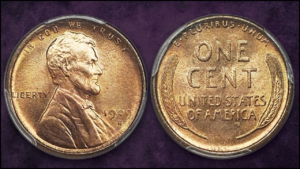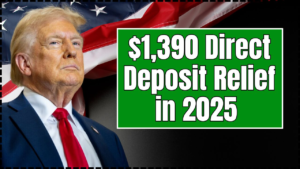As cities experience rapid growth, the strain on infrastructure becomes increasingly apparent. New developments, once designed to cater to a growing population, can unintentionally exacerbate the very problems they seek to address, particularly when it comes to transportation. The issue of traffic congestion in expanding neighborhoods is one of the most significant urban challenges of the 21st century. As population density increases, roads originally designed for smaller communities are often unable to handle the volume of vehicles, leading to a cascade of economic, environmental, and social consequences.
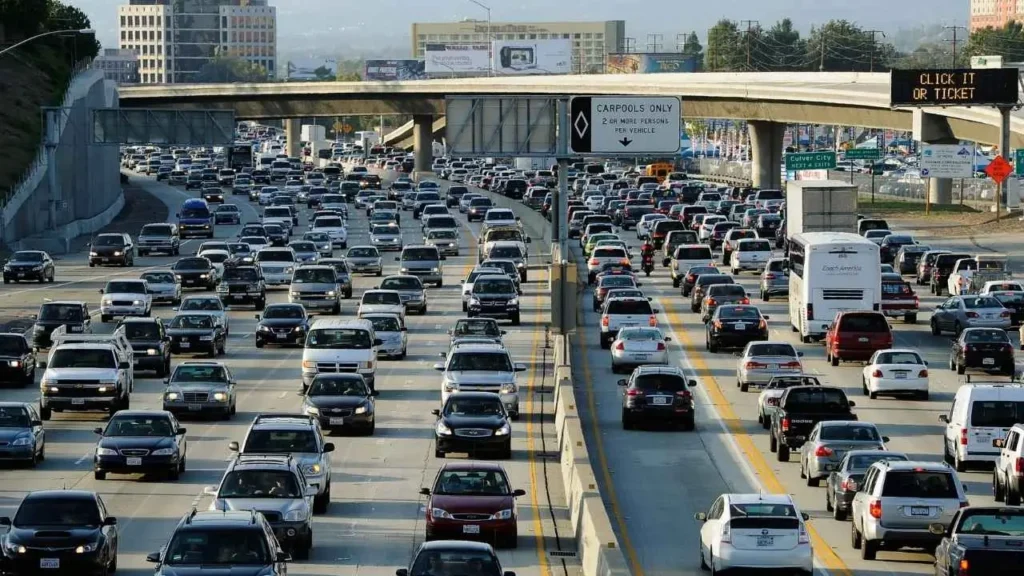
As neighborhoods grow and urban sprawl continues, the hidden costs of traffic congestion will only become more evident. Addressing these challenges is not only crucial for improving the quality of life for residents but also for ensuring the long-term economic and environmental sustainability of expanding cities. By focusing on better urban planning, sustainable transportation, and infrastructure improvements, cities can mitigate these hidden costs and create healthier, more vibrant communities.
The need for smarter, more sustainable development has never been more urgent. As cities continue to expand, thoughtful planning and investment in transportation infrastructure are necessary to avoid the pitfalls of traffic congestion and to create a future where growth is not synonymous with gridlock.
The Growth of Suburban Areas: A Double-Edged Sword
For years, suburbanization has been touted as a solution to overcrowded city centers. However, as more people move into these suburban neighborhoods, traffic congestion becomes an inevitable consequence. In many cases, new residential areas are constructed with little regard for the roads and infrastructure that support them. This leads to what urban planners call “sprawl,” which ultimately places excessive pressure on existing road systems.
The demand for housing in expanding neighborhoods often outpaces the planning and construction of supporting infrastructure. While housing projects are often initiated with a focus on meeting the demand for new homes, the necessary investment in transportation systems, such as new roads or public transit options, can take a backseat. As a result, roads that were once designed to accommodate a modest number of vehicles are suddenly tasked with managing far more traffic than they were built to handle.
Urban planners warn that this lack of foresight can lead to significant disruptions. As roads become increasingly congested, the time it takes to travel to work, run errands, or even commute within the neighborhood itself increases. In some cases, this can lead to gridlock during peak hours, making the once peaceful suburban environment feel much more like a crowded urban center.
The Economic Costs of Traffic Congestion
Traffic congestion in expanding neighborhoods carries a hefty economic price tag. The economic costs of traffic delays go beyond wasted time for commuters; they also have a direct impact on businesses that rely on timely deliveries and employees who depend on efficient transportation systems. Small delays can compound, ultimately affecting the broader economy as productivity drops and operational costs rise.
The strain on roads can lead to a drop in local economic activity as businesses face logistical challenges. When trucks and delivery vehicles are caught in traffic, it can delay shipments, increase inventory costs, and disrupt supply chains. Additionally, businesses that rely on employees commuting to work are also impacted by longer travel times, which can affect attendance and overall productivity.
In more severe cases, businesses may be forced to relocate or scale back operations due to the inability to meet the demands of a growing population. As neighborhoods expand, the lack of a reliable transportation infrastructure can hinder economic growth by making it harder to attract and retain businesses.
Environmental Consequences: The Hidden Toll
Increased traffic is also a significant contributor to environmental degradation. Air pollution and carbon emissions spike in areas with high traffic volumes, particularly as vehicles idle in congestion. Suburban areas, often located farther from public transit routes, rely more heavily on personal vehicles. This not only worsens air quality but also exacerbates the effects of climate change.
As the number of vehicles on the road increases, so too does the amount of greenhouse gas emissions being released into the atmosphere. The environmental impact of traffic congestion is especially pronounced in suburban areas, where long commutes and a lack of viable public transportation options force many residents to rely on their cars for even the shortest trips. The carbon footprint of these communities continues to grow, contributing to air pollution and worsening climate conditions.
To mitigate the environmental impact of traffic, urban planners are increasingly advocating for the development of more sustainable transportation networks. The idea is that by providing alternatives to car travel, such as buses, bicycles, or light rail systems, traffic congestion can be reduced and the environmental toll minimized. However, implementing such systems requires careful planning and significant investment, which can be difficult to achieve in rapidly growing areas.
Public Health Impacts: The Unseen Cost of Congestion
The public health consequences of traffic congestion are just as concerning as its economic and environmental effects. Prolonged exposure to air pollution caused by heavy traffic has been linked to a number of serious health conditions, including respiratory problems, cardiovascular disease, and even premature death. Individuals living in areas with high traffic volume, especially near busy roads and highways, are more likely to suffer from these health issues.
The health risks posed by traffic congestion are particularly alarming for vulnerable populations, such as children, the elderly, and those with pre-existing health conditions. Children are especially susceptible to respiratory issues caused by air pollution, while older adults may experience exacerbated cardiovascular problems. The increased sedentary lifestyle resulting from long commutes also contributes to the rise of obesity and other related diseases.
Beyond the direct health impacts, traffic congestion can also create mental health challenges. The stress and frustration associated with long commutes, combined with the lack of social interaction in car-centric environments, can lead to feelings of isolation and anxiety. The constant pressure of navigating congested roads can take a significant toll on the mental well-being of residents, further contributing to the overall challenges faced by expanding neighborhoods.
The Case for Better Planning and Sustainable Development
Addressing the hidden costs of traffic congestion requires a shift in how cities and neighborhoods are planned. Urban planners argue that the traditional model of rapid suburban expansion, without concurrent investments in infrastructure, must be rethought. Smart city planning, which integrates transportation, green spaces, and housing, has emerged as a solution to reduce traffic congestion and improve the overall quality of life in rapidly growing areas.
The key to solving the traffic problem in expanding neighborhoods is not simply to build more roads. While this approach may provide temporary relief, it often leads to the phenomenon of “induced demand,” where the construction of new roads eventually leads to even more vehicles on the road. Instead, a more sustainable approach involves improving existing infrastructure, creating alternatives to car travel, and incorporating public transit options.
Another solution is the development of mixed-use neighborhoods, which combine residential, commercial, and recreational spaces within a single area. This type of development can significantly reduce the need for long commutes, as residents can live, work, and shop in the same neighborhood. By reducing the reliance on cars, mixed-use neighborhoods can alleviate congestion, lower carbon emissions, and foster a sense of community.
In addition to improving infrastructure, urban planners also advocate for the incorporation of green spaces and pedestrian-friendly environments. These elements can encourage people to walk or bike rather than drive, further reducing the demand on roads and improving overall health outcomes.
The Future of Public Transit: An Analysis of CVTD’s Long-Range Plans
Looking Forward: Possible Solutions
Several solutions are being discussed to combat the hidden costs of traffic congestion in expanding neighborhoods. Increasing investments in public transportation, such as buses, subways, and bike lanes, could reduce reliance on cars. In addition, implementing smart traffic management systems that optimize road usage and reduce bottlenecks can help ease congestion in the short term.
Smart traffic systems, for instance, use real-time data to adjust traffic lights and road usage in response to traffic patterns. By dynamically managing the flow of traffic, these systems can help reduce delays and make roads more efficient. Combined with the development of sustainable public transit options, these technologies could significantly improve transportation in expanding neighborhoods.
Furthermore, policy measures such as congestion pricing—charging vehicles to enter congested areas—have been proven effective in reducing traffic and encouraging the use of public transportation. While such measures may be controversial in some areas, they offer a practical solution to the challenges posed by overcrowded roads.Is this conversation helpful so far?


